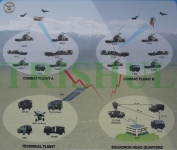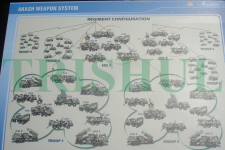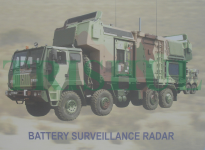
Ensured Nuclear Strike: Indian Ballistic Missile Defense and Pakistani Countermeasures - Pakistan Strategic Forum
>Ballistic Missile Defense encompasses all efforts employed to stop a tactical or strategic attack by a ballistic missile, but usually BMD is concerned with missiles armed with nuclear weapons. >A ballistic missile is a missile which follows a ballistic trajectory (i.e. is propelled via rocket...
A Paxtani perspective of our BMD .







